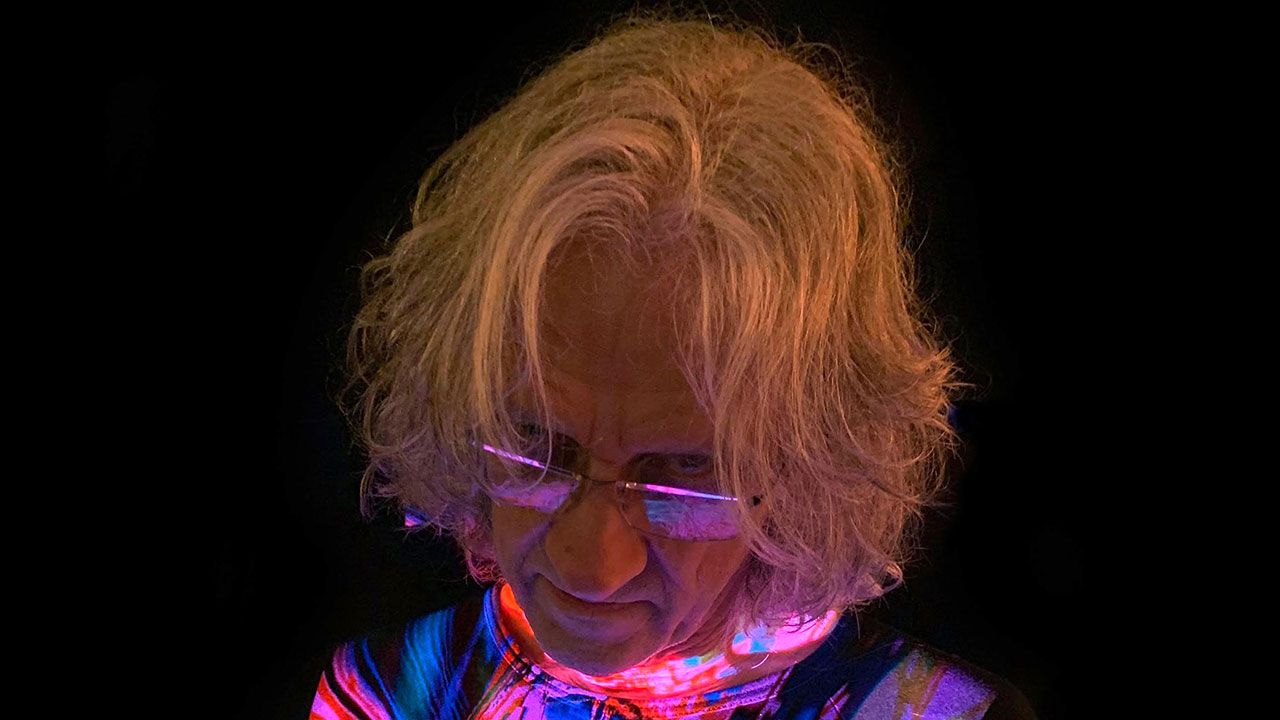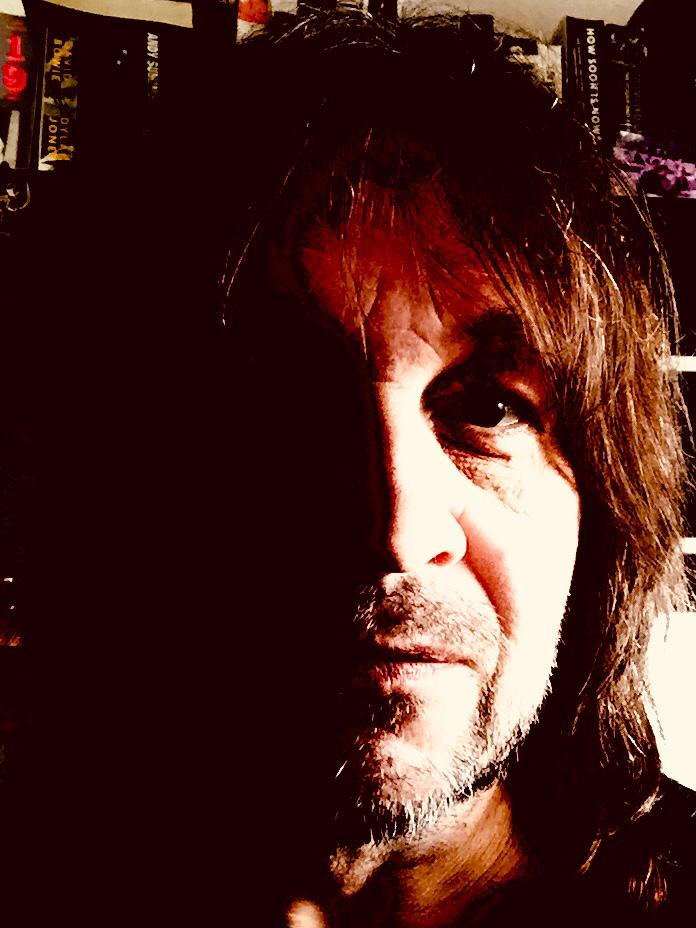Best known as a music producer who has worked with the likes of Kate Bush, Peter Gabriel, Rush, Rupert Hine and more, Stephen W Tatyler's name has been synonymous more recently with creating new mixes in surround for classic albums from Hawkwind, Van der Graaf Generator, Be-Bop Deluxe, Bill Nelson's Red Noise, Marillion, Renaissance, Barclay James Harvest and more. Prog sat down with him when. he released his second album, Da Capo, in 2021.
Boasting a production and mixing CV that would make most backroom Johnnies blush, Stephen W Tayler is a man who refuses to stand still. Based in Real World Studios, just outside the historical city of Bath in south-west England, Tayler has, during the course of his long career, also turned his hand to multimedia artistry as well as the knob-twiddling that’s made his name.
Working alongside the celebrated producer, the late Rupert Hine, his mixing skills have breathed life into a list of artists that reads like a Who’s Who of the prog world: Peter Gabriel, Bill Bruford and Brand X are among the many names who’ve benefitted from his touch, while more recently, Van der Graaf Generator and Be-Bop Deluxe have had their classic back catalogues remixed for the demands of contemporary ears and platforms.
Stepping out of the shadows, Tayler’s focus is now as a musician as he releases his second studio album, Da Capo, which is as much a visual experience as it is an audio one.
You’re credited as a producer, mixer, multi-instrumentalist, sound engineer and visual artist. Which hat would you say fits you best?
It’s actually very hard to find the right hat to wear! I started as a musician but I decided that I was going to make the move into what I call ‘the other side of the screen’ to get involved with the production and recording process. So really, for the longest time my label has been ‘recording and mixing engineer’. Funnily enough, about 10 years ago I started calling myself a sound artist because it felt like it took in aspects of musicianship, sound design, recording and production, so I’d say ‘sound artist’.
You’ve worked in a production and mixing capacity with artists as diverse as Kate Bush, Peter Gabriel, Underworld and Rush. What are your criteria for working with them?
I’m quite lucky in the sense that I’ve never been labelled into one specific genre and I like that. There’s such diversity between the kinds of music and the kind of artists that I work with. There is no strict protocol. In the end, it’s almost more fascinating working with a solo artist. I’ve been lucky to work with some really decent people who have come back for more. But every now and then, something new crops up because they’ve heard about my approach, which leads me into new directions. It has to be down to whether I can bring something to the project if the artist wants a particular approach from me. But there are no strict rules.
When working on the new stereo and surround mixes for Van der Graaf Generator’s The Charisma Years box set, did you approach the project with reverence or objectivity?
This is a very interesting dilemma and it applies to anyone who’s doing classic album remixes. What I do is, I like to respect the original and when I start the work, I’m just trying to re-envision the original stereo in modern surround. In doing so, I try to get into the ballpark of how it feels and how it sounds and almost how the picture is laid out. Then I get to a certain point where I stop referring to the original, having sort of got it in the ballpark, and then seeing where my natural instinct takes it from there. But respect for the original always.
Your new album, Da Capo, concerns itself with the theme of time. Do you feel as if you’re running against the clock?
Funnily enough, I don’t feel I’m running against the clock, but I think that what I’m realising is, that as I’m getting older, I have had an interesting journey to try and express and so a lot of it is pulling up memories and evoking feelings. Because I’ve worked with people who have worked with music in a very literal sense – that’s vocals and lyrics and music – and I’ve worked with sound all of my career, I’m highly interested in how it makes you feel. That’s why I’m working with instrumental music: it’s evoking feelings. Sometimes that’s also bringing back memories and therefore the idea of time – Da Capo meaning ‘from the top’ – seemed like an interesting topic to draw my inspiration from. And so I started with that idea and one thing led to another and it invoked feelings from memories and trying to express them, that’s what it’s about.
Da Capo is characterised by a very cinematic quality. Do you compose with visuals or a plot in mind?
I think I am trying to tell a story here, particularly with this project. It was conceived as an audio-visual project right from the start and as a surround sound experience, and that’s why I actually presented it and performed it before finalising how I was going to release it. I was encouraged from its earliest point to release it as a DVD with the visuals and the surround sound because that was the original intention.
What kind of freedom do you get by communicating a concept without words?
It feels like incredible freedom because you’re not forcing anyone to interpret exactly what you’re intending. It’s open to the listener or the viewer to really have their own opinion of what it’s about.
What was the last thing that you learned?
I feel like I learn something new every day and that keeps me enthusiastic. The last thing that I learned – and it’s something that I keep learning over and over again – is knowing how to commit and when to say something is done. If I think back to the beginning of my career, you really had to commit to your recordings. You were on strict timings; you only had a certain amount of tracks. Doing remixes of albums from that era reminds you of the importance of being decisive and making decisions on the spot. It may not be the last thing I’ve learned but it’s certainly the last thing I’ve learned again!

